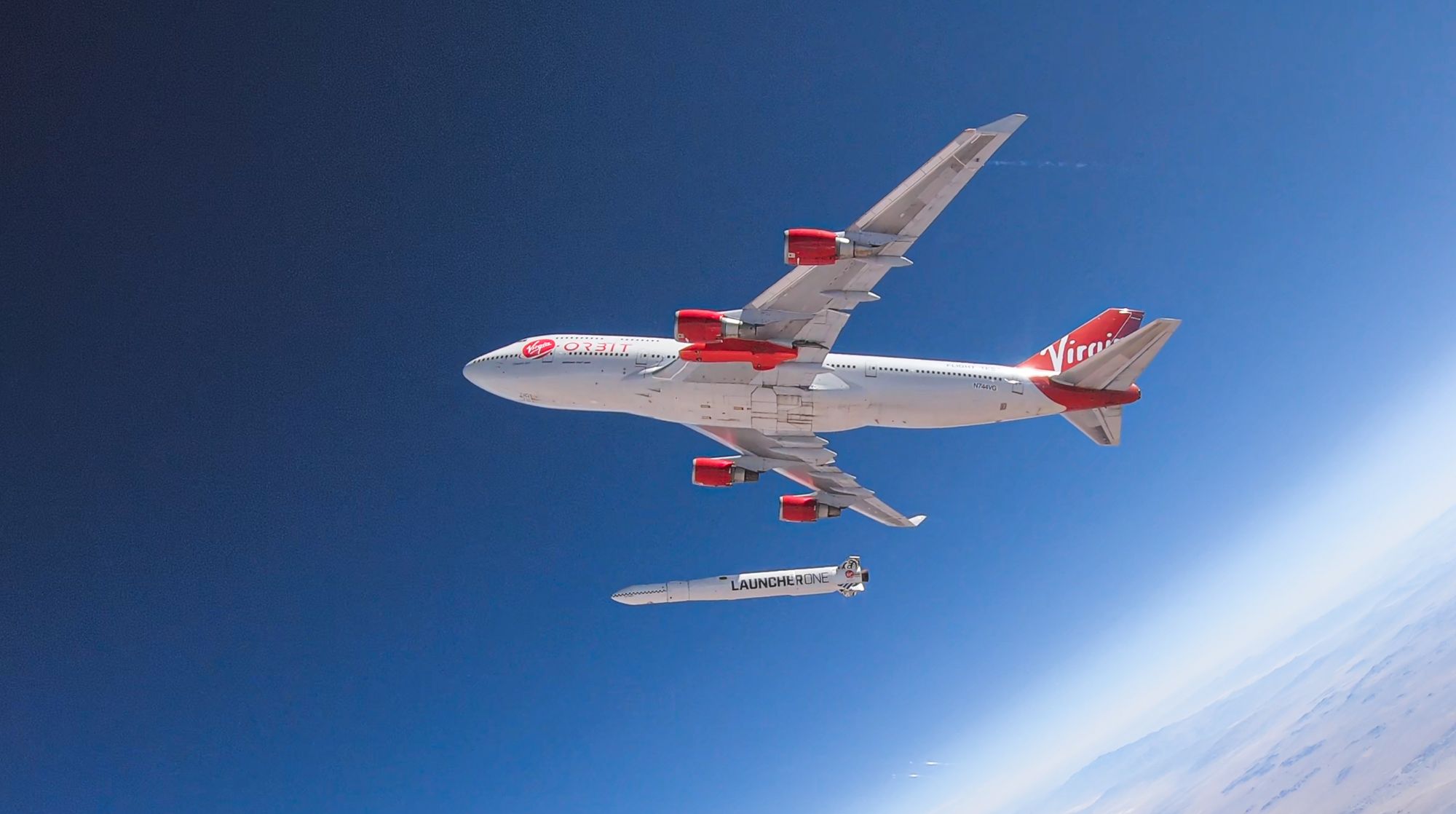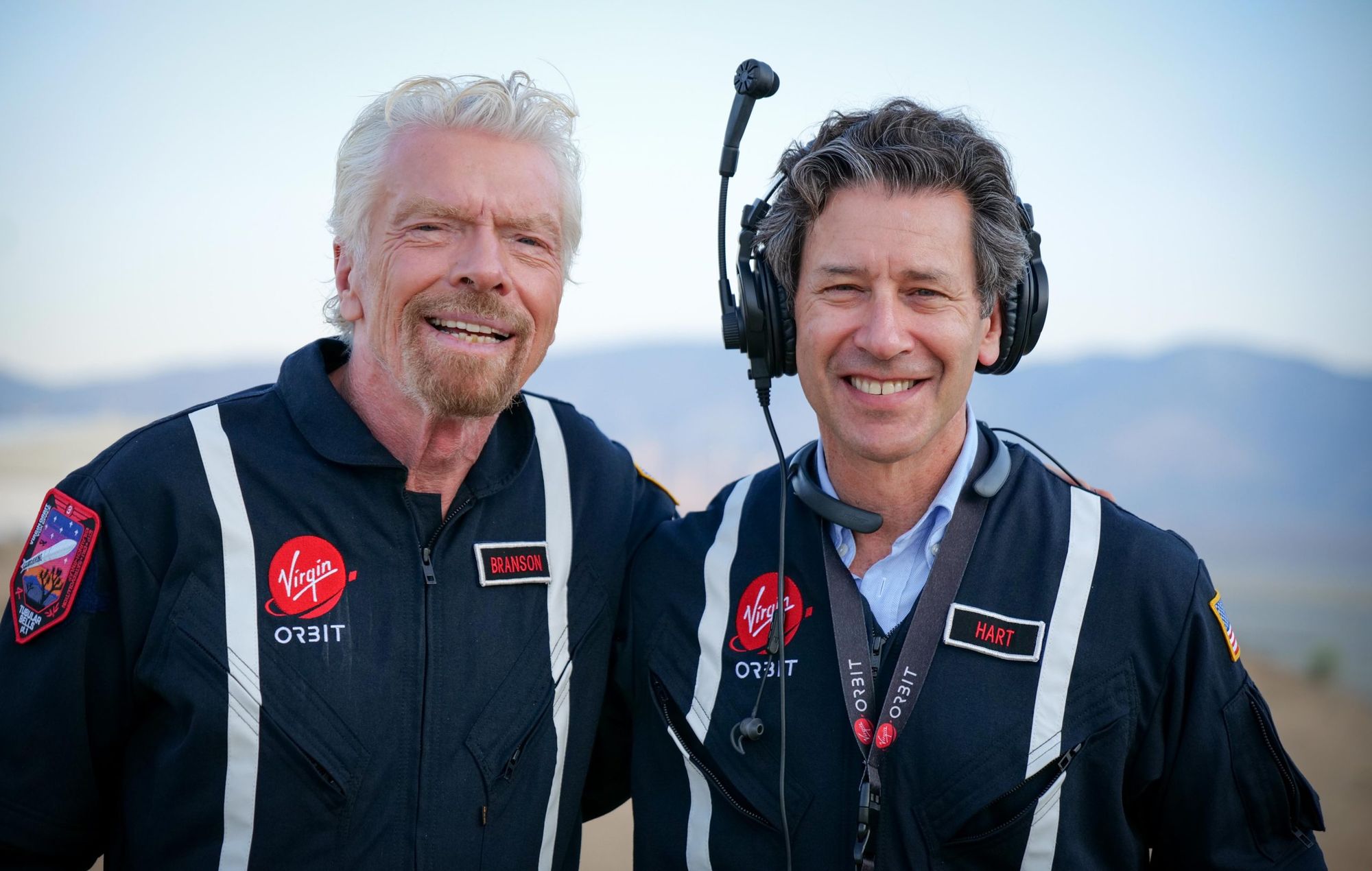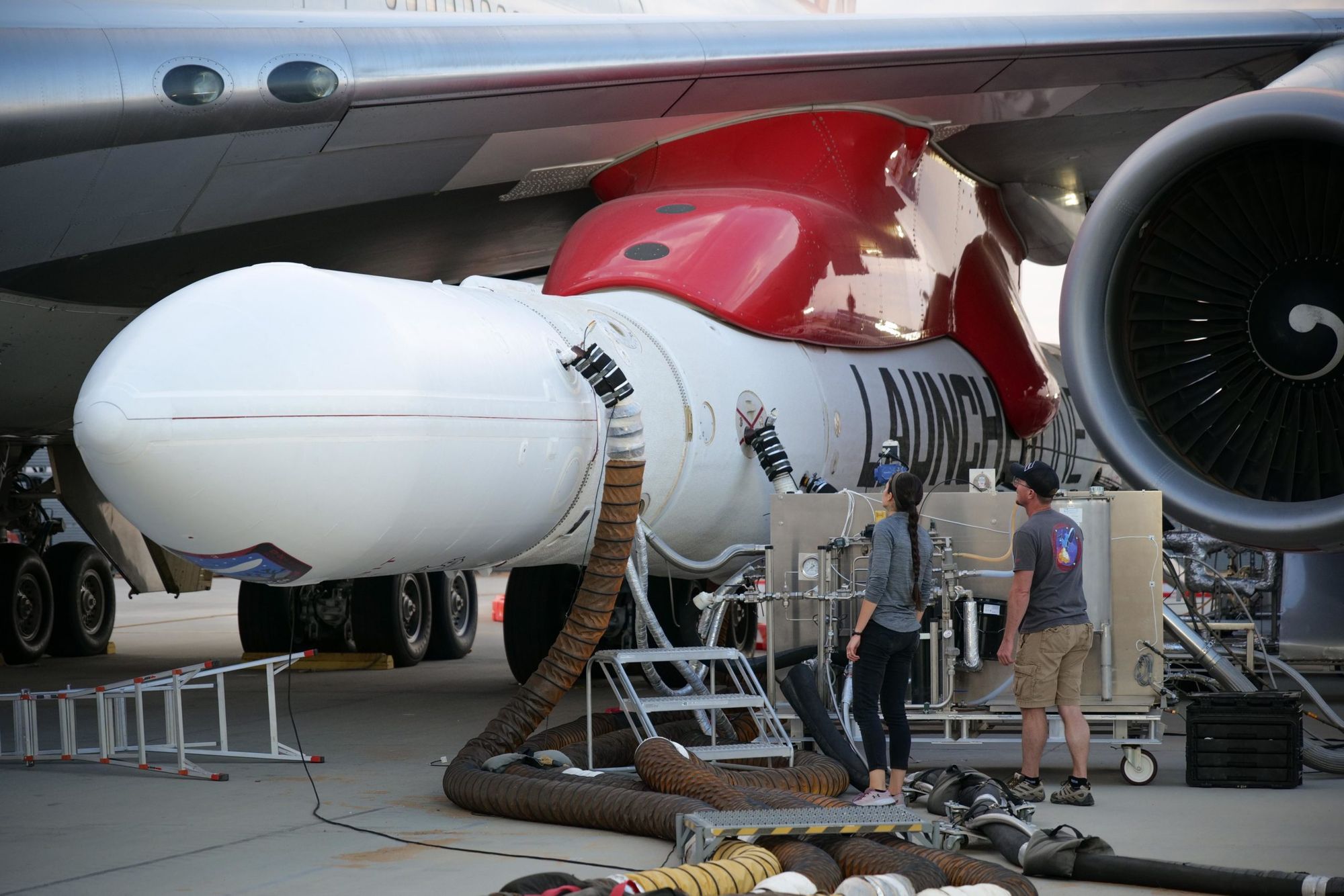
🛰 Virgin Orbit goes public – passes FAA certification
Virgin Galactic's lesser known sibling goes public and closer to securing additional launch sites.
Share this story!
While Richard Branson's pioneering space tourism company Virgin Galactic has received much attention lately, the company has a less famous but equally promising sibling: Virgin Orbit. Virgin Orbit was founded in 2017 as an offshoot of Virgin Galactic, with the objective of providing launches of small satellites weighing up to 500 kilograms into low-earth orbit. And Orbit has recently experienced headline-worthy developments.
First off, the company announced on August 23 that it would go public through a merger with NextGen Acquisition Corp, a Special Purpose Acquisition Company (SPAC). In a press release, Virgin Orbit states that the company has been valued at $3.2 billion. The merger was unanimously approved by the board of directors of both companies and is expected to be completed during Q4 2021. It's expected that the deal will result in $483 million in growth capital.

A few days later, on August 27, Orbit passed an FAA environmental review to perform launches from Andersen Air Force Base, situated on the Pacific island of Guam. The assessment states that up to 25 launches over the next five years will have "no significant impact" on the environment.
While a step in the right direction, Orbit still needs to meet other FAA requirements, including safety and financial responsibility. Virgin Orbit currently aims to launch from three sites; Mojave Air and Space Port in California, from which they've conducted both previous launches, Andersen AFB, and Spaceport Cornwall in the UK.
Virgin Orbit's Vehicles
As is the case of Virgin Galactic, Orbits means of launching things into space is via air-launches. As the vehicle is launched at speed from an altitude of 35'000 feet, the system has an advantage in simplicity, weight, and subsequently price compared to other systems. Other cited advantages are reduced carbon emissions and acoustic pollution.

Orbit's spacecraft is called the LauncherOne and is a two-stage orbital launch vehicle. It started development in 2007 and had its first operational flights in 2021. With a thrust of 80'000lbs, it can either launch a 440lb payload in a sun-synchronous orbit (SSO), while a 1100lb payload can be launched into a low-earth orbit (LEO).
LauncherOne was initially intended to be launched by Virgin Galactic's custom WhiteKnightTwo aircraft. However, as LauncherOne grew to meet market demands better, the need for a larger aircraft emerged. The decision fell on modifying a Boeing 747-400 by installing an attachment pylon to its left wing.
The resulting machine is known as the Cosmic Girl. The aircraft served as a Virgin Atlantic airliner from its construction in 2001 until 2015 when it was transferred to Virgin Galactic.
Image: Virgin Orbit/Greg Robinson
By becoming a premium supporter, you help in the creation and sharing of fact-based optimistic news all over the world.


